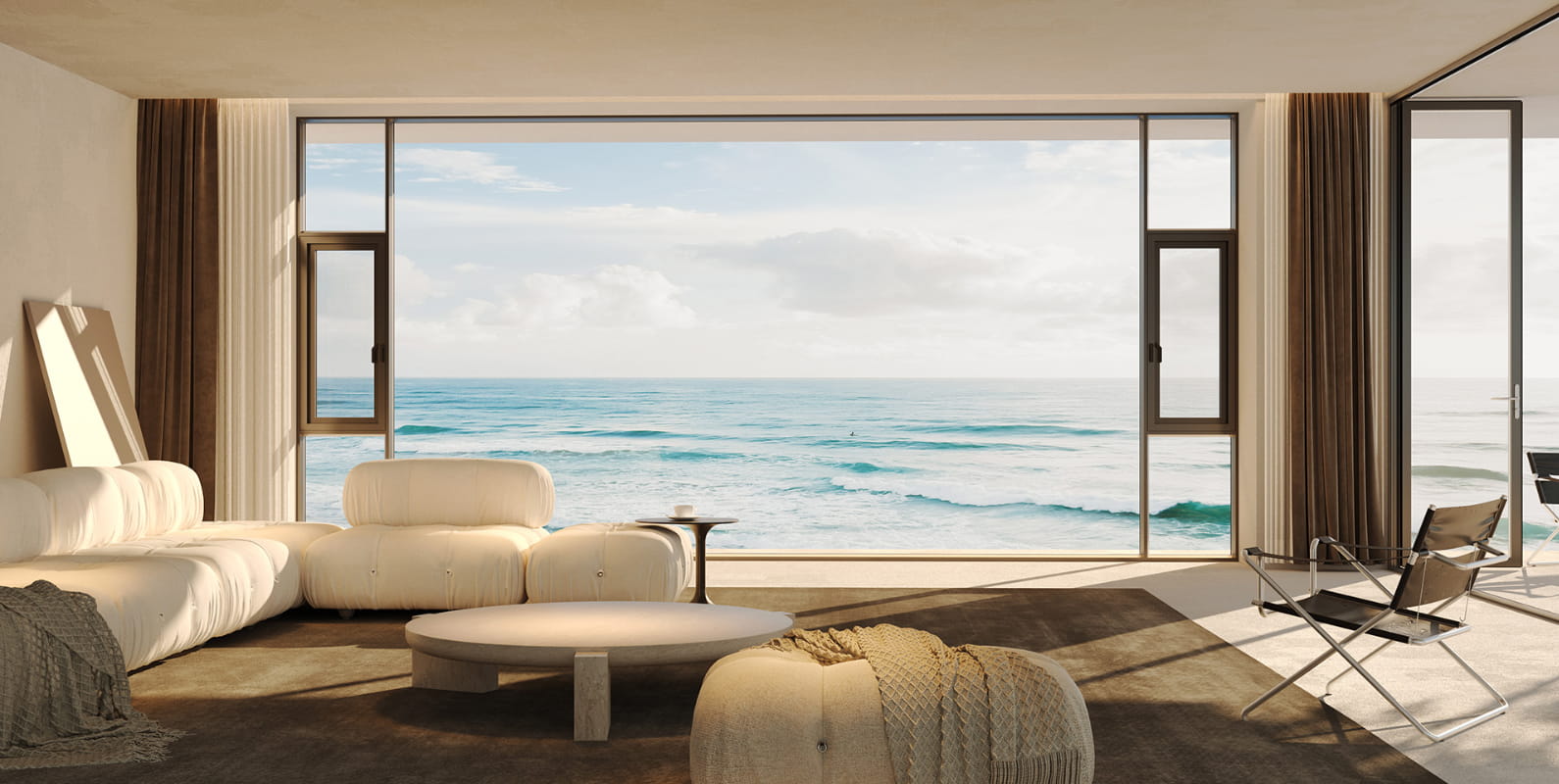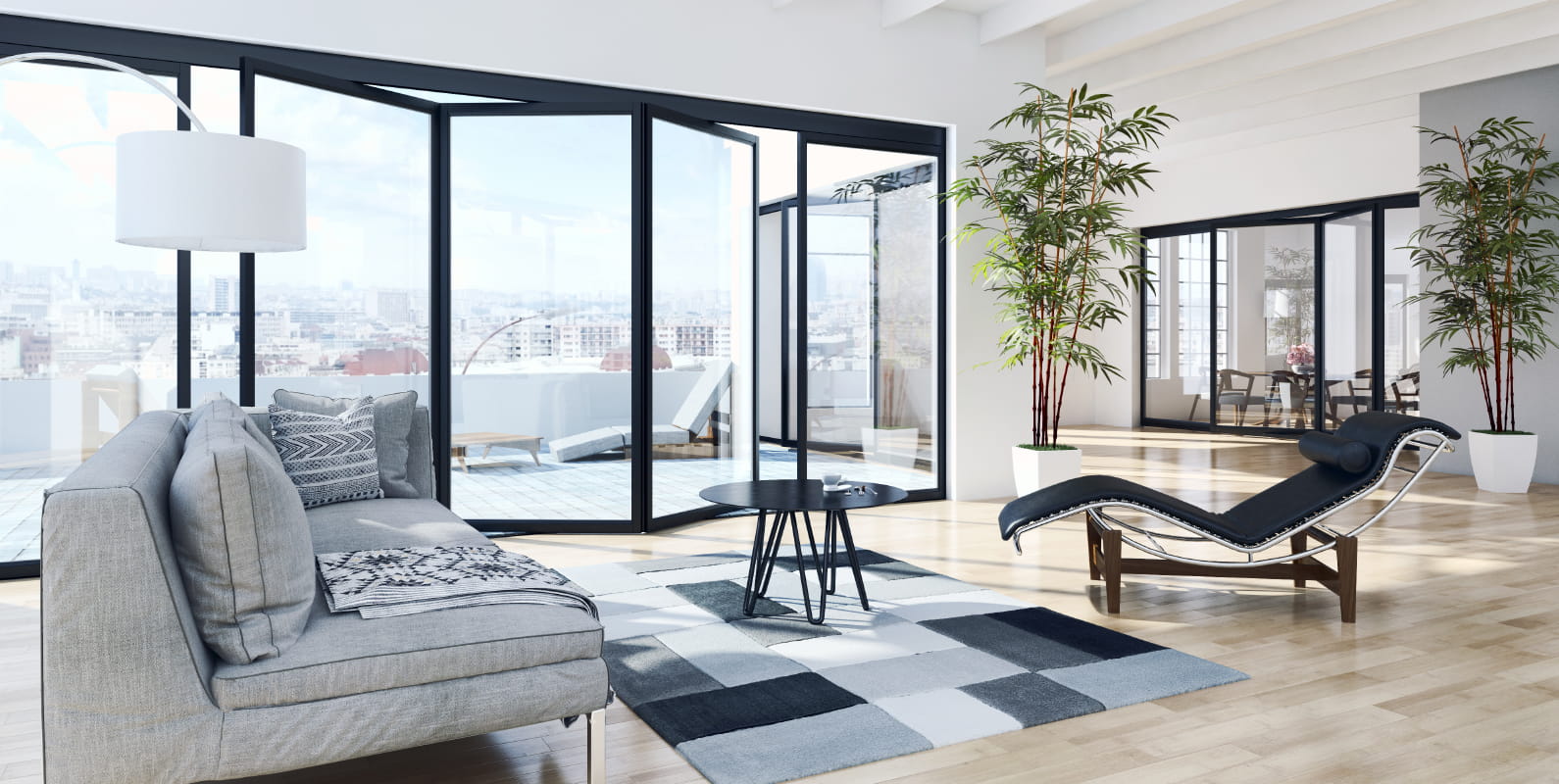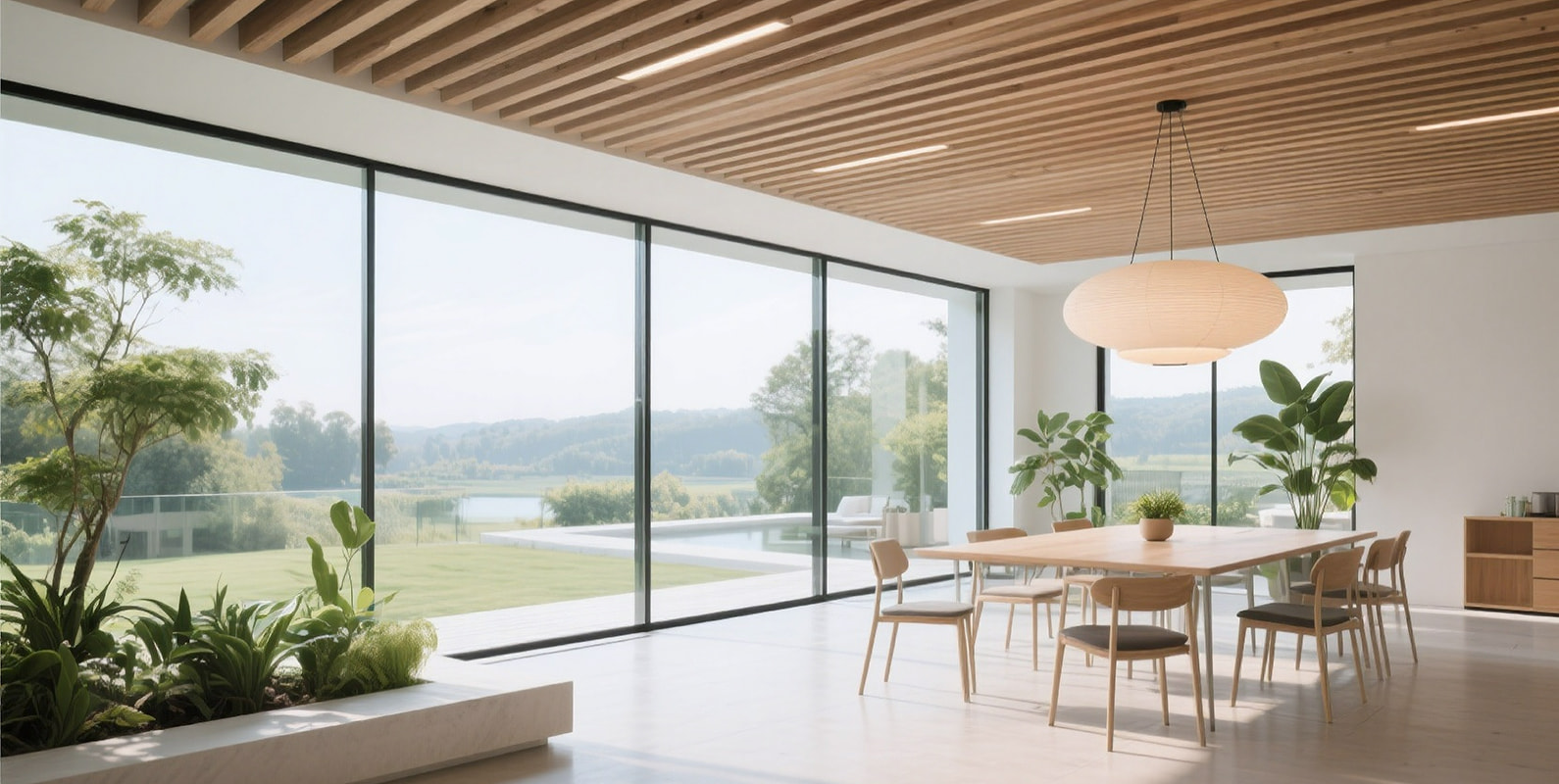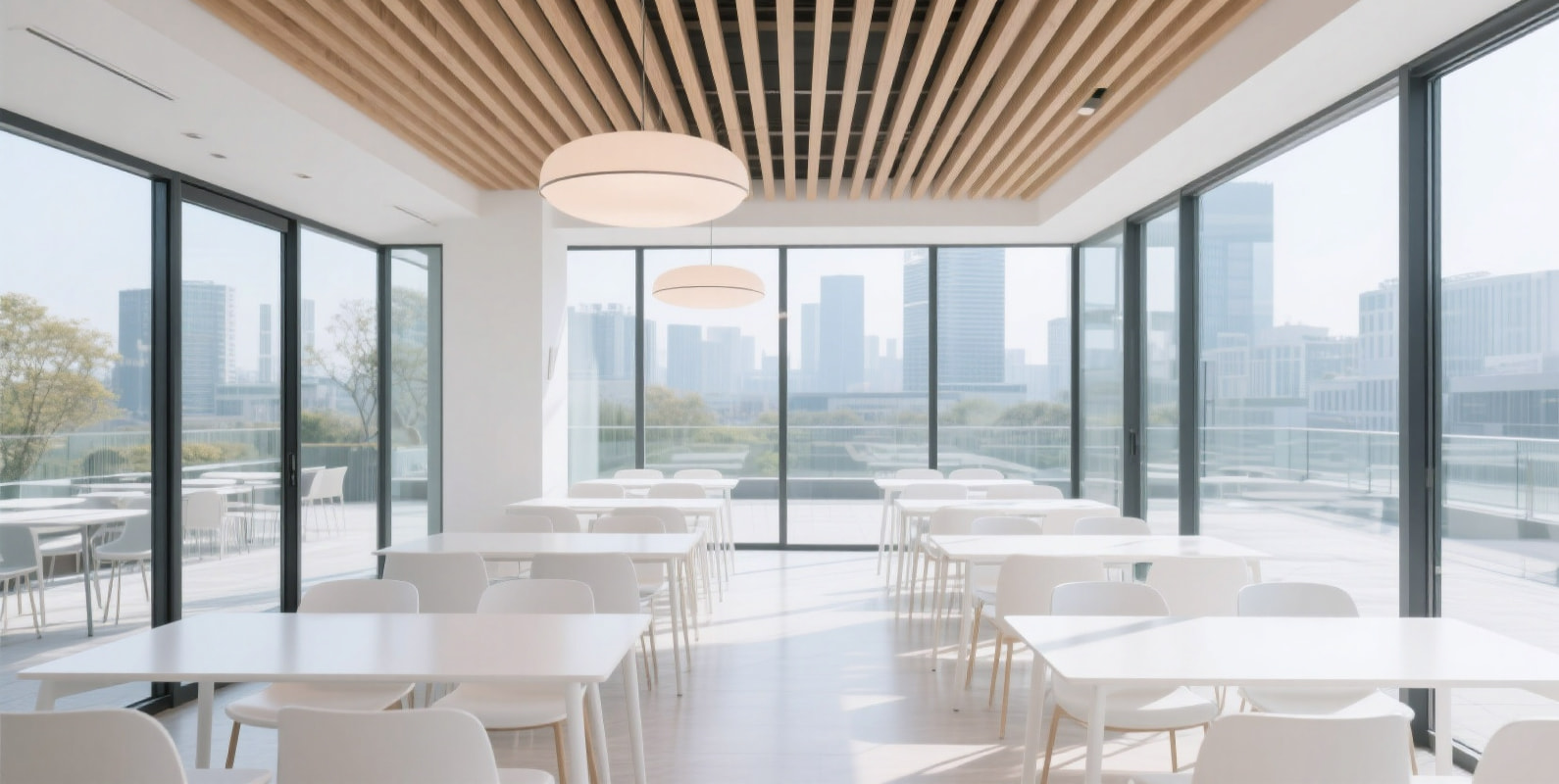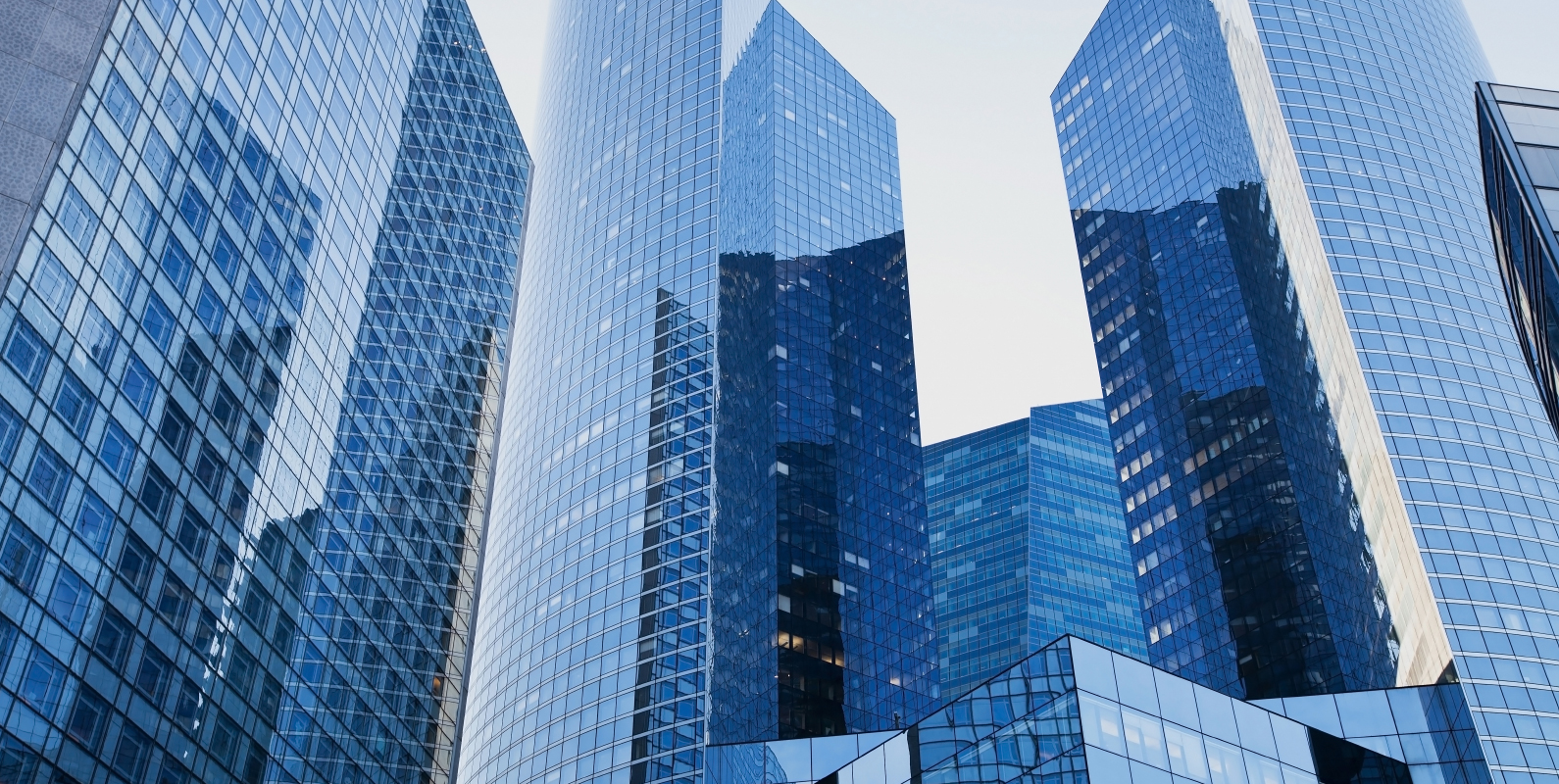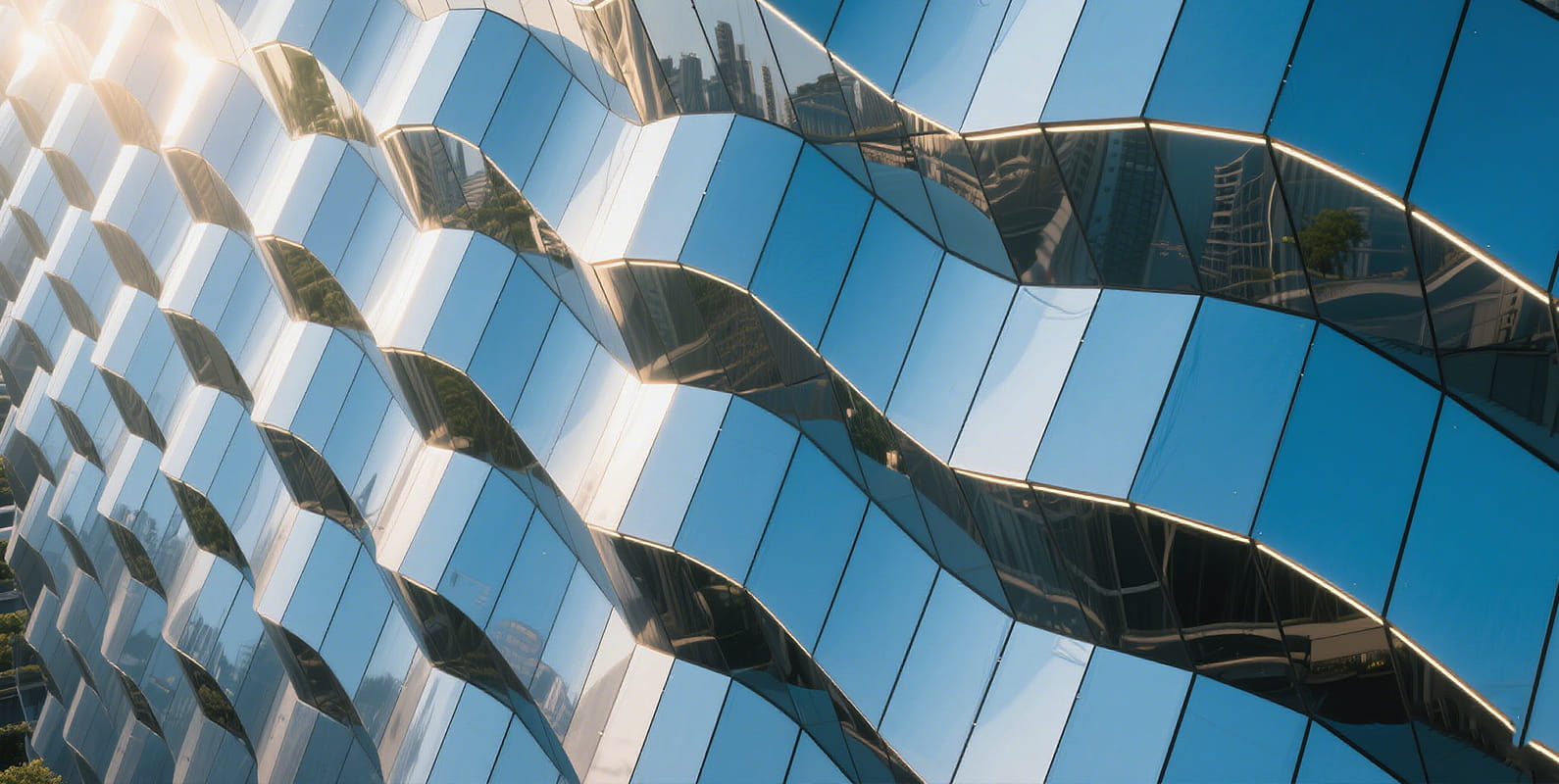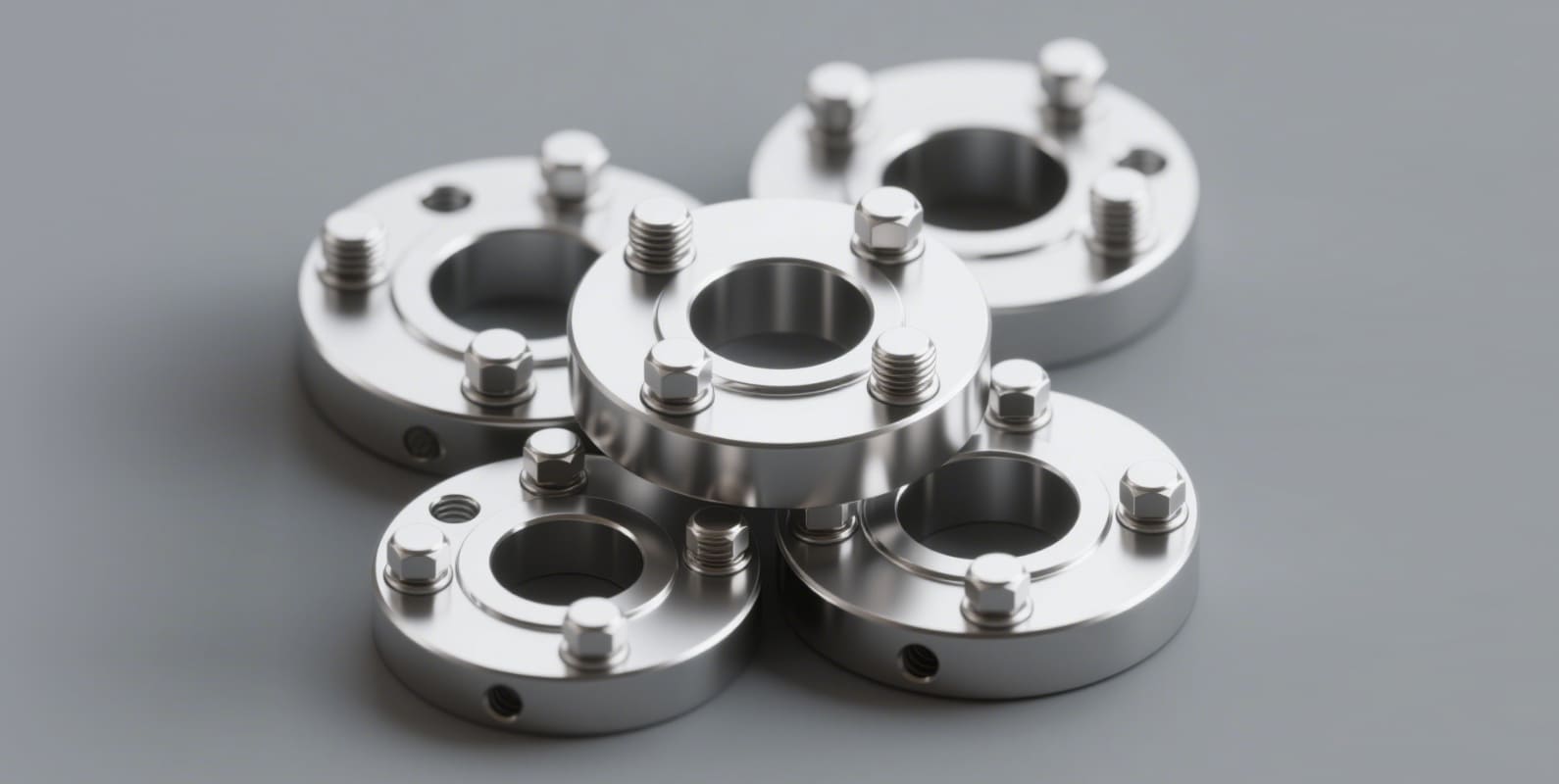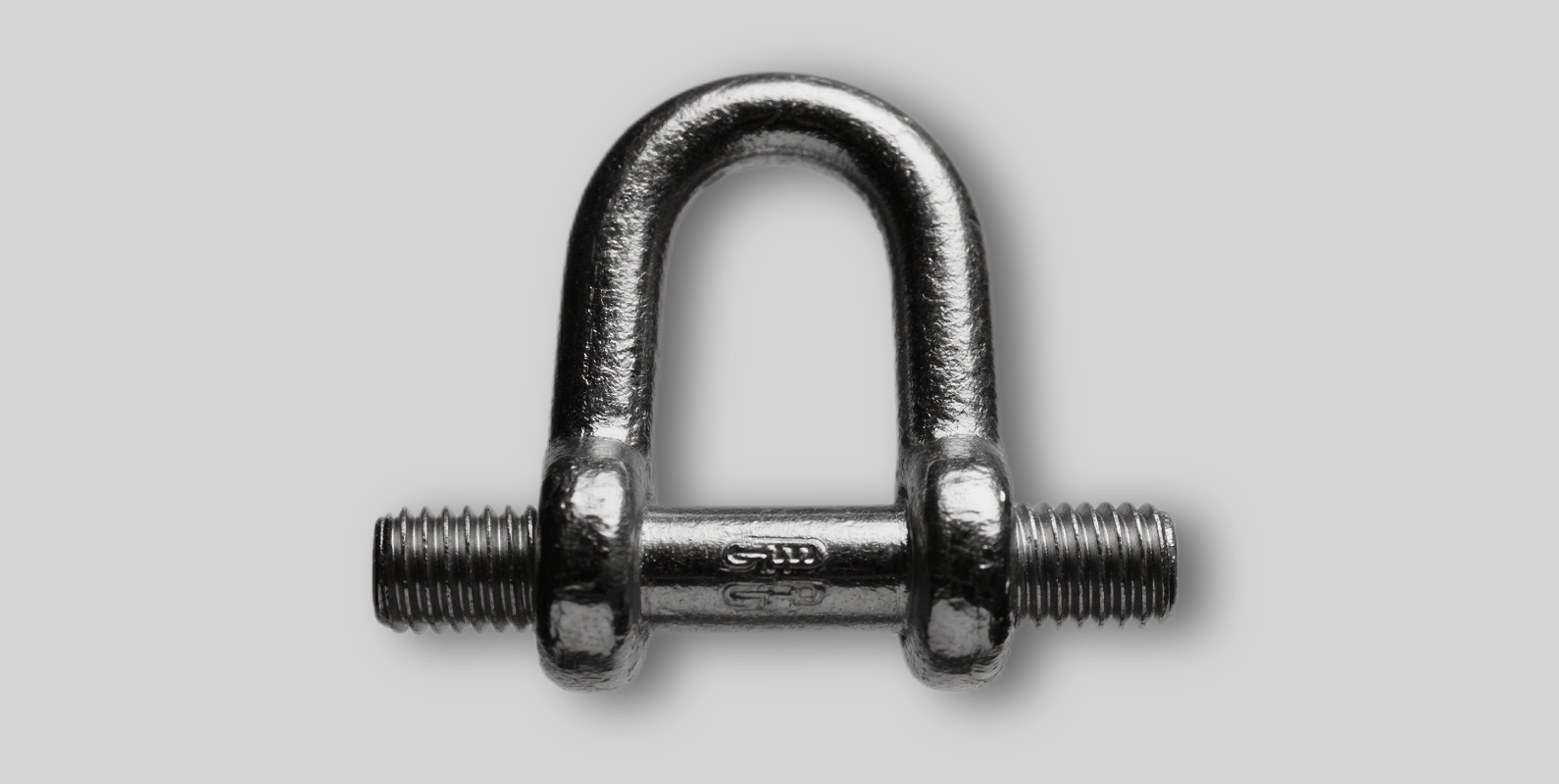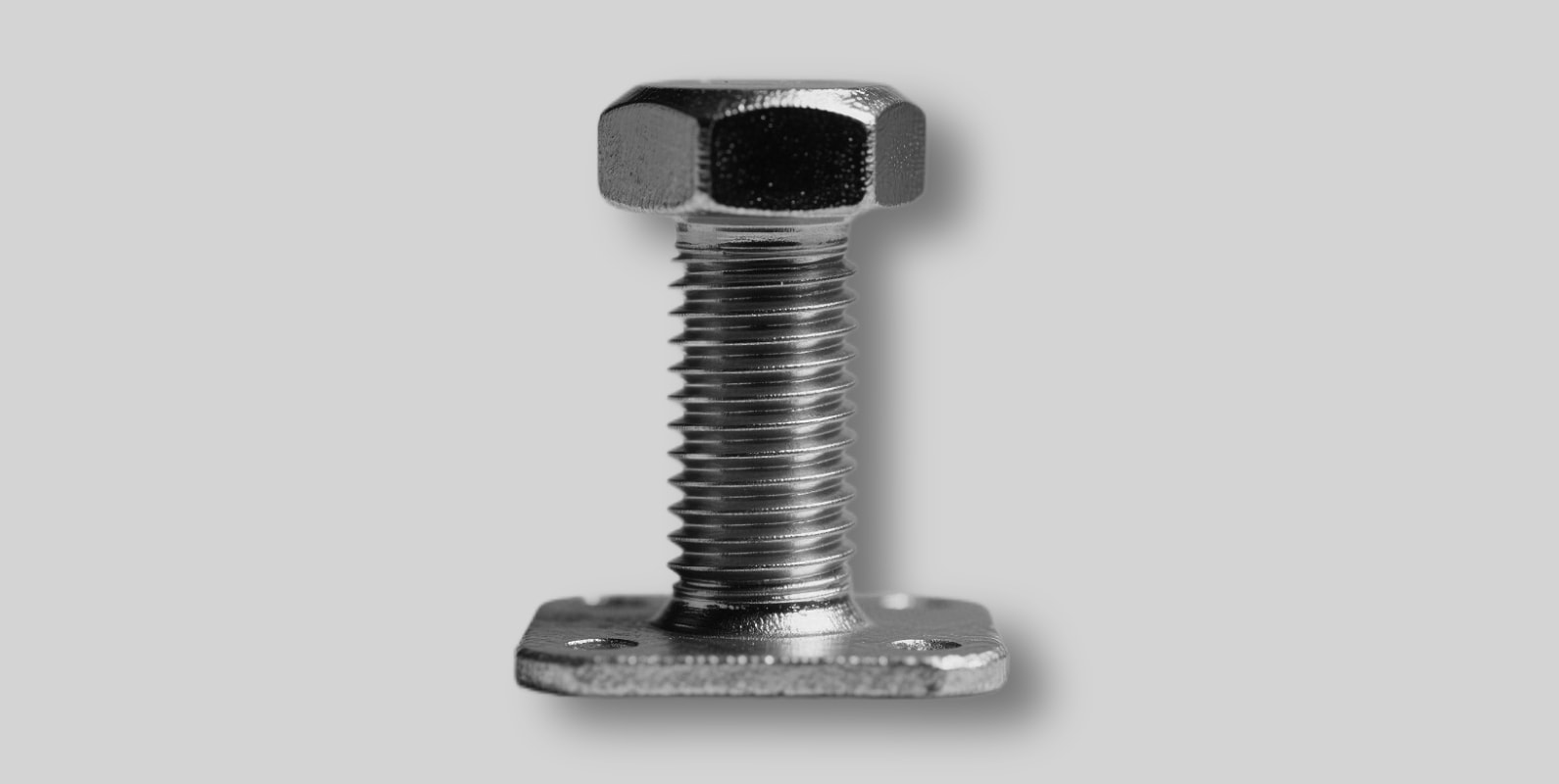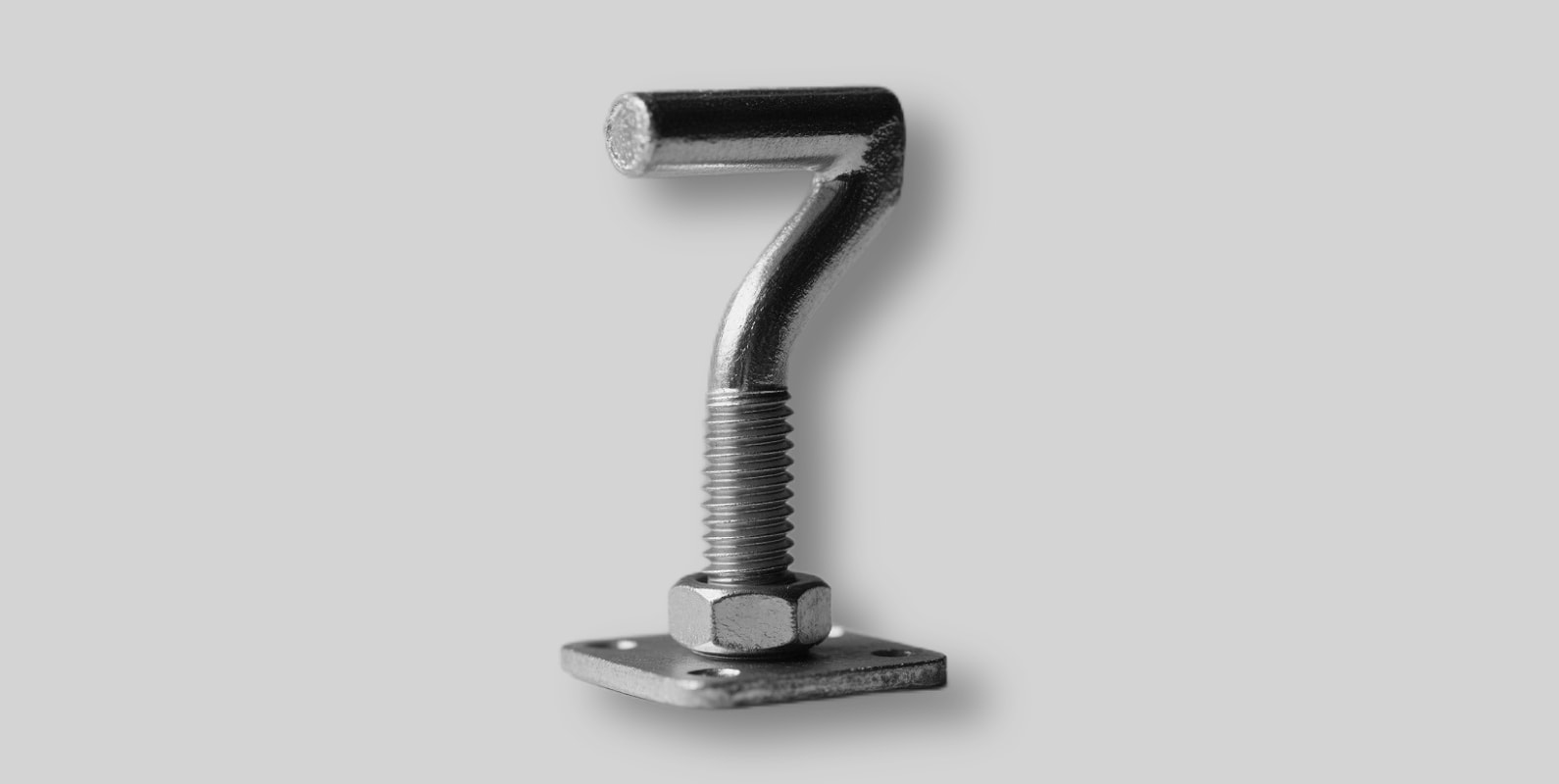Aluminum alloy swing windows with strong sealing adopt aviation-grade extruded high-strength aluminum alloy profiles and use hidden damping hinges to achieve smooth opening and closing, taking into account both sealing performance and modern aesthetics. The profiles are double-treated with nano-ceramic coating and fluorocarbon spraying, which not only has outstanding wind pressure resistance and weather resistance but also gives it high-end textures such as metal brushing and imitation stone patterns. The window sash is equipped with low-E hollow glass, built-in low-radiation coating, and filled with inert gas, combined with broken bridge aluminum and PA66 insulation strips, which greatly improves the thermal insulation performance; the three-glass two-chamber structure further enhances the sound insulation and energy-saving performance. The magnetic EPDM sealing strips, hidden drainage grooves, and isobaric chamber design create good airtight and watertight performance. The hardware system is equipped with intelligent anti-fall chains and angle sensor handles, which not only ensure the safety and stability of the outward-opening windows in strong wind environments but also achieve precise angle control, bringing an efficient and practical lighting and ventilation.
Zhongya Smart Windows & Doors — every open and close marks a moment of peace of mind.


 中文简体
中文简体 English
English